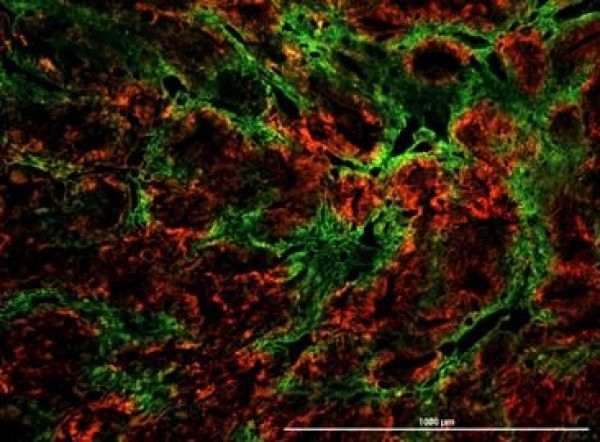Using cells from human breast cancers and mouse breast cancer models, researchers at the Johns Hopkins Kimmel Cancer Center say they have significant new evidence that tumor cells exposed to low-oxygen conditions have an advantage when it comes to invading and surviving in the bloodstream.
The experiments mapping the “fate” of the cells in two- and three-dimensional lab-created tissue systems and in live animals specifically showed that cells from a primary cancer exposed to low oxygen levels, or hypoxia, have a four times greater probability of becoming viable circulating tumor cells—and likely spreading to distant tissues—than those under normal oxygen conditions.
The results were described Oct. 24 in the journal Nature Communications.
“Our findings also show that these post-hypoxic cells have six times the probability of forming lung metastases, suggesting that oxygen starvation enhances their metastatic capabilities,” says study leader Daniele Gilkes, Ph.D., assistant professor of oncology and researcher in the breast and ovarian cancer program of the Johns Hopkins Kimmel Cancer Center.
Read more at Johns Hopkins Medicine
Image: Cells in green are hypoxic cells that are permanently marked so they can be followed throughout the metastatic process.The red cells have not experienced hypoxia. (Credit: Yu Jung Shin)


